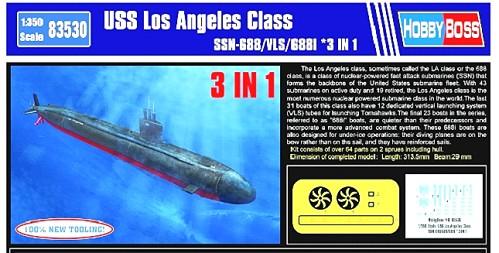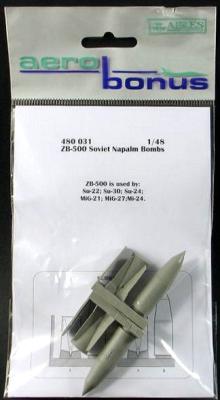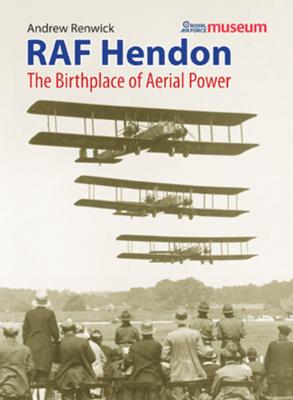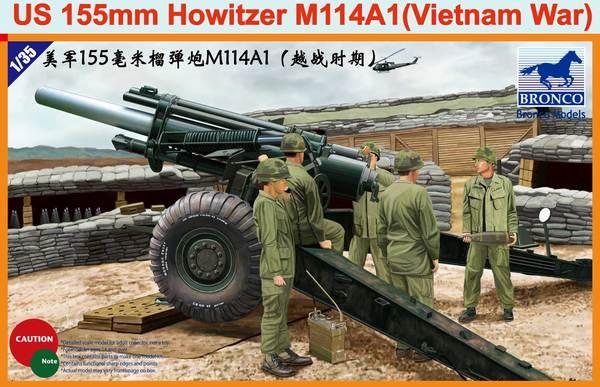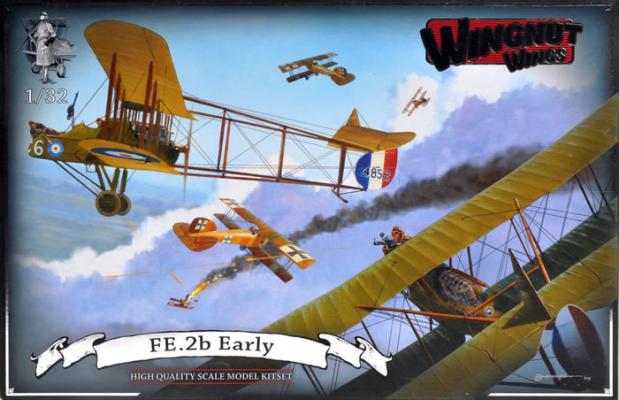The Los Angeles-class is a class of nuclear-powered fast attack submarines that forms the backbone of the United States submarine fleet. With 42 submarines on active duty and 20 retired, the Los Angeles class is the most numerous nuclear-powered submarine class in the world.
Welcome to the IPMS/USA Reviews site!
Introduction: The primary organization of the IPMS/USA Review website is by IPMS/USA National Contest Class. Within each Class there are sub-menus by kits, decals, books, etc. The Miscellaneous Class is for items that are not class specific or that cross two or more classes.
IPMS/USA Members: We encourage you to submit reviews, both here and to the Journal. To volunteer for membership in the IPMS/USA "Reviewers Corps" and submit your own reviews, please read the Guidelines For Submitting Product Reviews.
Manufacturers, publishers, and other industry members: IPMS/USA is pleased to offer your company the opportunity for product reviews. All product reviews are performed by IPMS/USA members, and are posted in the publicly-accessible section of our website. With very few exceptions, we perform full build reviews of new kit releases, aftermarket products, and supplies. If you would care to provide product samples for review, please contact John Noack, IPMS/USA 1st VP.
To learn more about IPMS/USA, please see our About Us page.
For decades, modelers here in the West were left with little choices when it came to modeling Soviet and Eastern Bloc aircraft. What was available was slim and, at best, based on grainy pictures and third-party drawings. However, as history unfolded, more became available after the fall of the Berlin Wall, and Eastern Bloc nations became part of the information exchange. More accurate kits were produced – but, alas, not much in the way of ordnance.
Within the last few years, there has been a keen interest in providing accurate and highly detailed weapons loads to match the highly detailed models now on the market. The accessibility of solid reference material, coupled with advances in resin molding technology, has created a perfect environment for a host of new aftermarket items to hit the shelves.
Having spent some pleasurable visits to both the RAF Hendon and RAF Cosford museums, my curiosity was piqued by the title of this book and I was anxious to review it. When I received it and saw “Royal Air Force Museum” on the soft cover as the official “sponsor,” I anticipated coverage of the first, if not both museums.
Nope. In fact, the author states in the second paragraph of his introduction that there’s not enough space in the publication to cover the museum in depth---instead, the book is a concise history of RAF Hendon’s founding, rise, and utilization.
History
Originally produced in 1941 as the M1A1, the gun was continuously updated and, during the 1960s, was rebuilt with its designation changed to M114, M114A1, and M114A2. These weapons served in Vietnam. The kit represents the M114A1 designation that served in the Vietnam War.
Kit
Inside the box are 10 spruces molded in olive drab plastic. All are sealed in plastic. The kit also includes 1 PE fret, 1 decal sheet, and an instruction booklet with color photos/drawings of the gun. There are 28 steps in the instructions, with a section on how to build the rounds and powder canisters/bags that are included with the kit. The parts are all nicely molded with very little-to-no clean up. The box art shows five figures stationed around the gun in the firing position, but they are not included with the kit.
The nacelle went together with no issues. First, the inside was masked and painted a combination of aluminum, wood, and CDL (Clear Doped Linen, for which I used Tamiya Buff acrylic). Don’t forget to drill the appropriate holes in the nacelle sides for the version you are building. The bottom seam wass covered by the armor plate floor and the remaining seams were easily dealt with. The assembly was masked – engine and cockpit – and sprayed with Tamiya rattlecan OD, which dried quickly and hard. I decided to leave the landing gear assembly and the nacelle MG mounts off until after the wings were mounted and rigged. Otherwise, I would surely break something off.











